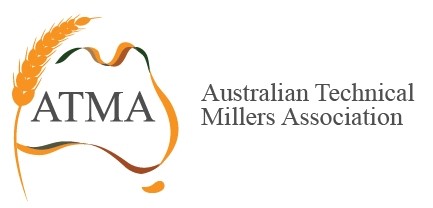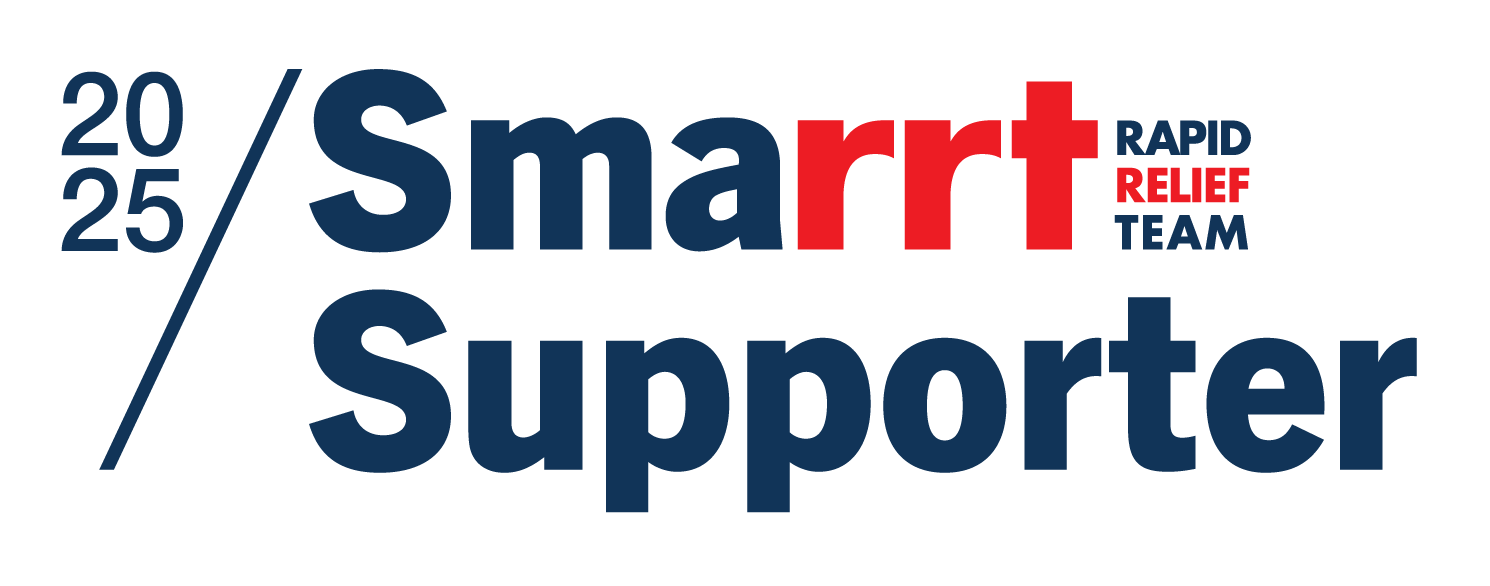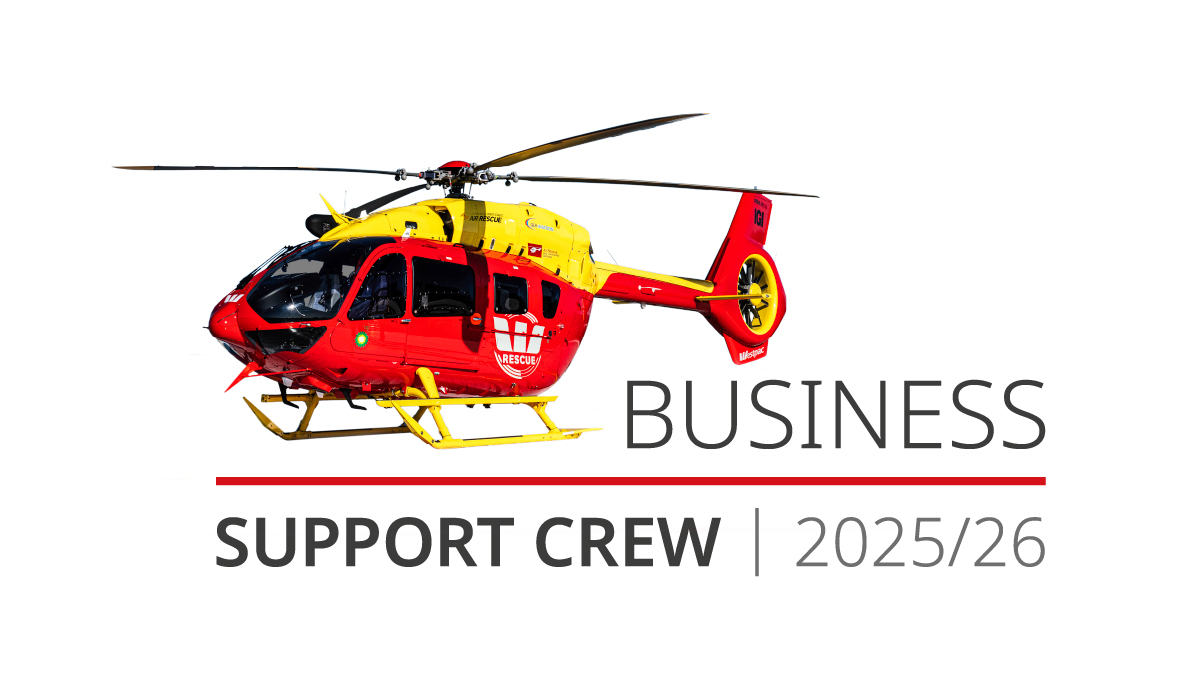Learn Efficient Stretch Film Strategies for Cost Reduction
Maximize your budget by reducing packaging expenses and it starts with choosing the right stretch film. Selecting a film that aligns with your specific needs enhances efficiency while keeping costs in check. The right film minimizes waste and ensures stable loads during transport and storage.
Pick the Right Stretch Film
First, you need to evaluate the size, type, and stability of your loads. These aspects influence the film choice—hand stretch wrap is perfect for smaller, lightweight loads, while pallet stretch film is better suited for heavier shipments. The key is to maintain stability without using excess material.
The volume of packaging and load characteristics should also guide your choice between hand wrapping and machine wrapping. Hand-wrapping with stretch film rolls works well for small-scale operations or irregularly shaped items, whereas machine wrapping is optimal for high-volume warehouse applications.
Effective Strategies to Reduce Packaging Costs
Cost-efficient packaging begins with maximizing stretch film efficiency. Implementing the right practices can lead to substantial savings while ensuring load security. Here are practical tips to optimize your packaging process:
1. Carefully Select the Right Film Gauge
Choosing the appropriate film thickness (gauge) significantly impacts cost savings. Thin films, particularly pre-stretch options, reduce material usage without sacrificing load stability. Pre-stretching maximizes film yield, allowing you to wrap more pallets with less material. Lighter loads benefit from thinner films, while heavier items may require a slightly thicker gauge.
Aurora’s Technoplat 3000 is an excellent choice. It provides optimal stretch, reducing material usage while ensuring secure loads. Using its remarkable features it improves application efficiency and reduces operator fatigue.
2. Optimize your Wrapping Techniques
Proper film application prevents waste and enhances load security. Best practices include:
Applying the right number of layers for load stability.
Aligning film edges to maximize coverage.
Wrapping tightly but avoiding excessive force to prevent breakage.
3. Streamlining the Packaging Design
Optimizing packaging design helps cut costs by reducing unnecessary material use. Consider these strategies:
Evaluate Current Packaging – Identify areas where film consumption can be minimized, such as switching to pre-stretch films like FlexLite.
Use Alternative Materials – Combining stretch film with corner boards can enhance load stability while lowering film usage.
Reduce Void Space – Ensure compact and properly stacked loads to eliminate excess packaging and improve stability.
4. Leverage Supplier Partnerships
Negotiating with suppliers can lead to considerable savings. Key approaches include:
Bulk Purchasing – Buying in larger quantities often unlocks volume discounts, particularly for warehouses with consistent demand.
Long-Term Contracts – Securing fixed rates protects against price fluctuations and guarantees a steady supply of high-quality stretch film.
Establishing strong supplier relationships allows for better collaboration and access to innovative solutions.
5. Track and Analyze Film Usage
Monitoring stretch film usage is essential for long-term cost reduction.
Measure Film Consumption – Use data to track usage patterns and pinpoint inefficiencies.
Set Reduction Goals – Establish achievable targets for minimizing film consumption and review progress regularly.
Employing useful tools like fatigue-fighter dispensers ensures uniform application, simplifying tracking and optimization efforts.
Conclusion
To wrap things up, The pre-stretch films deliver an eco-friendly alternative by cutting down on material usage while maintaining load security. Implementing these cost-saving tips leads to more efficient operations and contributes to a greener, more sustainable environment.
Reducing material consumption helps minimize waste, supporting sustainability initiatives and lessening environmental impact. Efficient stretch film usage not only reduces costs but also improves overall packaging operations.













